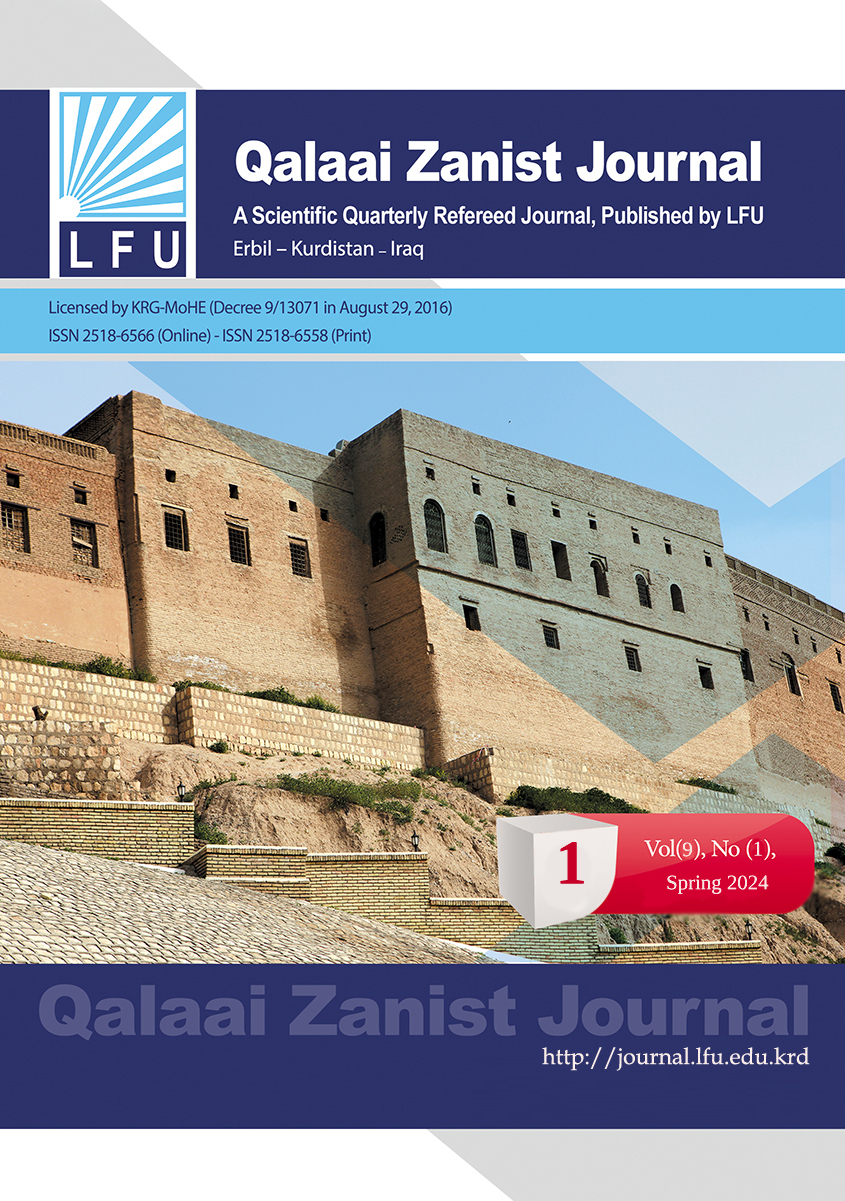A Womanist Study in Alice Walker's Colour Purple
##plugins.themes.bootstrap3.article.main##
Abstract
Alice Walker coined the concept of womanism as a powerful advocacy for the rights of dark-skinned women. Her remarkable social nature and insatiable curiosity made her a multi-talented personality. This passion for understanding everyone and everything was evident in her novel The Color Purple, which delved into multiple themes. The novel effectively highlighted racism, sexism, patriarchy, and poverty as prominent themes. Since the inception of womanism, its application to literary works has been more widespread than has been extensively documented. This paper aims to explore the portrayal of dark-skinned women, specifically Celie, the main character in The Color Purple, within both the black and white communities. It brings attention to the challenges confronted by dark-skinned women. Notably, being a woman and being dark-skinned were considered burdens, and this paper delves into the issue, emphasizing how Alice Walker crafts a path to liberation and independence for all dark-skinned women characters. Moreover, this study delves into the distinction between two critical concepts, namely "Feminism" and "Womanism." It seeks to demonstrate how Walker progresses from a limited theory of feminism to a more comprehensive approach to women's issues through womanism. To achieve this goal, the researcher analyzes the behavior and experiences of the dark-skinned women characters in The Colour Purple. Through this exploration, the paper ultimately sheds light on Walker's powerful message, inspiring women of all backgrounds to embrace their strength, freedom, and individuality within the broader spectrum of womanism
Downloads
##plugins.themes.bootstrap3.article.details##
How to Cite
Copyright (c) 2024 Banaz Wirya Ali

This work is licensed under a Creative Commons Attribution 4.0 International License.

